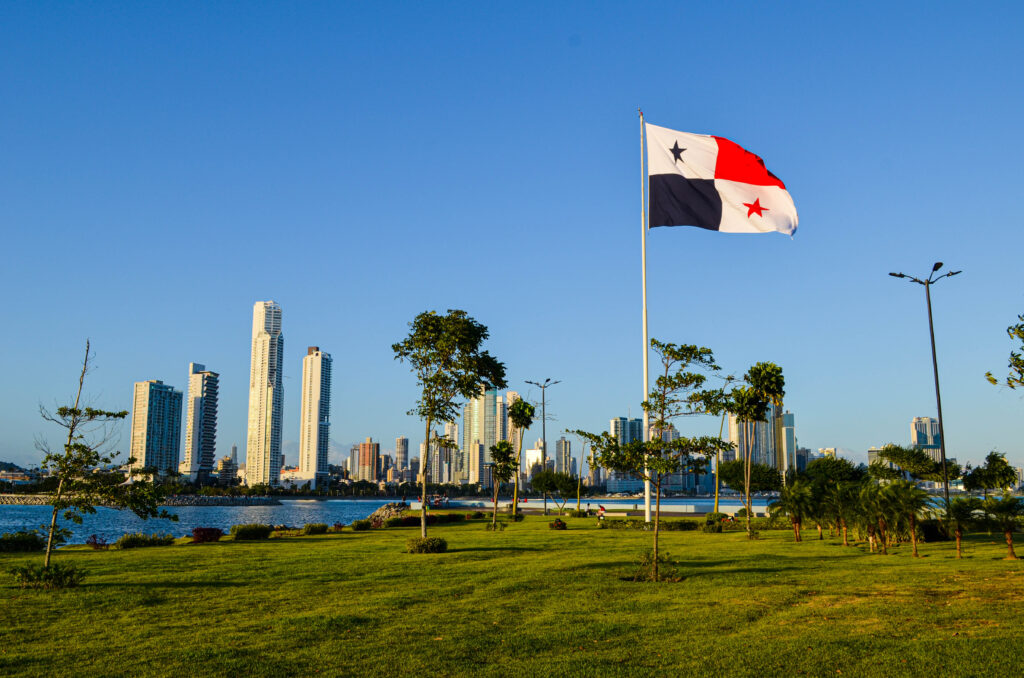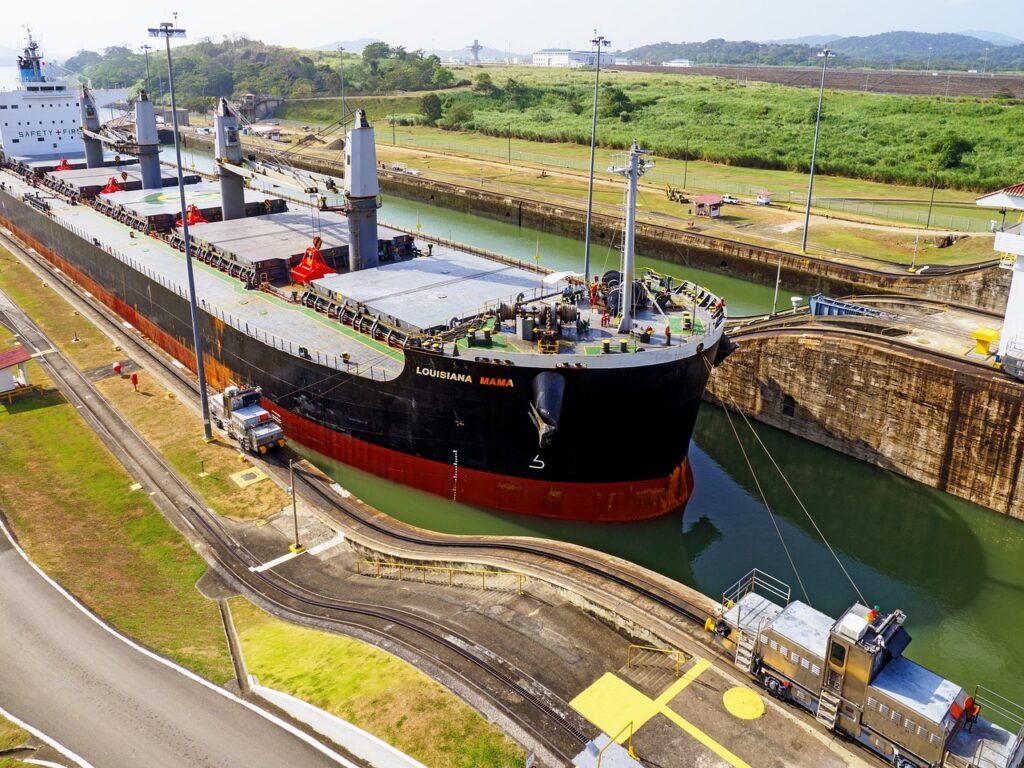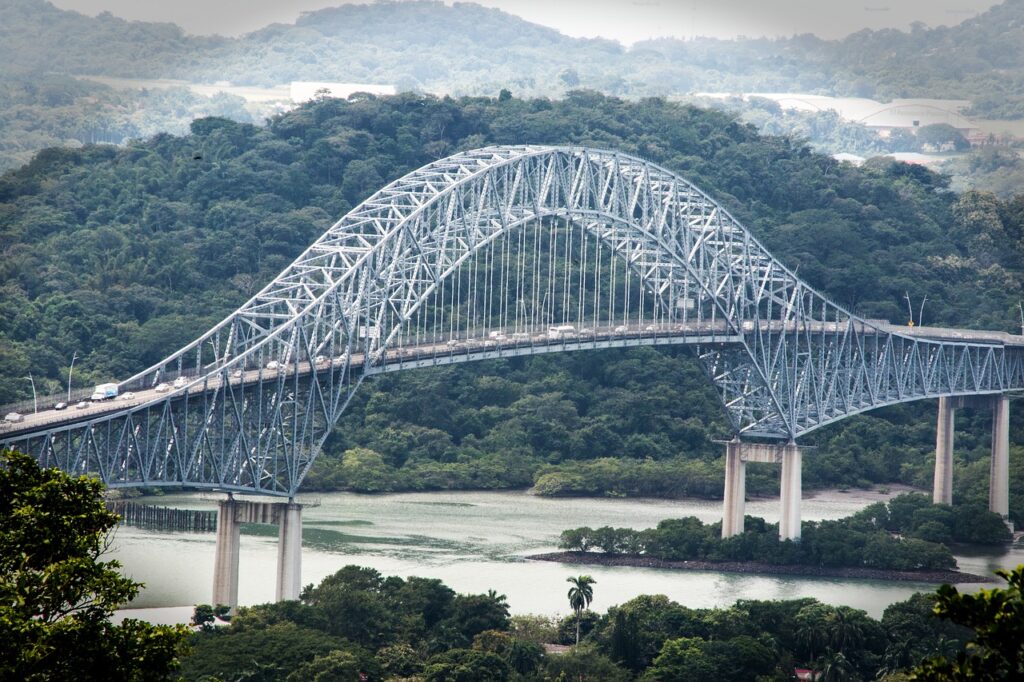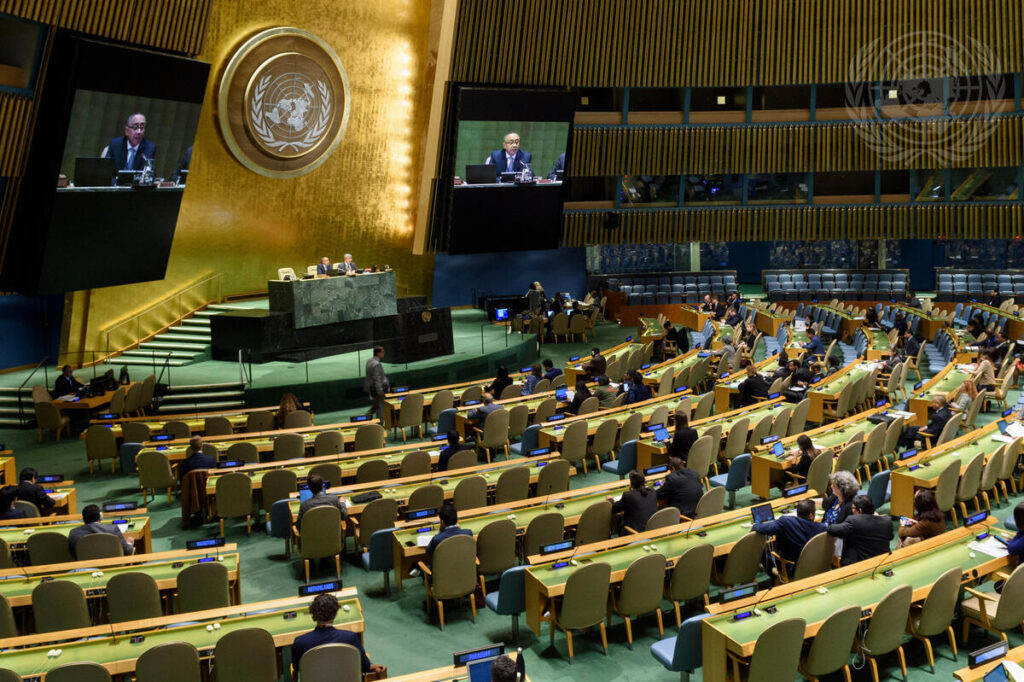

Justice and inclusion are essential to the transition to clean energy, according to Rivera—especially in a region where, on the most basic level, too many people still lack access to electricity.
At first glance, the Latin American and Caribbean region would seem to be doing quite well in this area. The International Energy Agency estimates that 97% of the population in Central and South America had access to electricity in 2019; the World Bank puts the average for Latin America and the Caribbean at over 98%.
But in a recent interview, Rivera cautioned that statistics can mask deep inequalities, an example of what he called “the tyranny of averages.” In Panama as a whole, he said, about 94% of people have access to electricity, but in the Comarca Ngöbe-Buglé—the ancestral lands of the country’s largest indigenous populations—the proportion of households with electricity drops to just 4%.
Late last year, the Panamanian government approved a 10-year policy roadmap for the energy transition, which calls universal access to electricity “priority one.” Although Panama has been working to expand rural electrification in recent years, new investments of around $350 million will be needed to achieve universal access by 2030, according to the policy document.
The event will be held virtually and in-person in Panama City, Panama, on February 10 and 11, 2022.
“The last mile is the most difficult,” Rivera said, noting that most of the estimated 93,000 Panamanian families without access to electric power live in small, remote communities located in mountainous or heavily forested terrain.
“For these individuals,” Rivera said, “the energy transition ultimately means going from the 19th century to the 21st century, with everything that having access to energy represents in their lives.”
Panama is certainly not alone when it comes to inequality; gaps in energy access can be found through the region. “There are parts of our populations that do not yet have access to sustainable and modern energy, which is also one of the United Nations Sustainable Development Goals due to be met by 2030,” Rivera said.
This is an issue Panama has been working on at the UN, as one of 30 “Global Champions” spearheading action on key thematic areas to be addressed at the upcoming High-Level Dialogue on Energy. (See story below.)
The ECPA ministerial meeting next February will be a “natural extension” of such efforts, Rivera said. The plan is for the region’s energy ministers and other high-level officials to meet in person in Panama City, subject of course to any necessary changes due to the COVID-19 pandemic.
The chosen theme of the ECPA meeting goes beyond simple access to electricity, according to Rivera. A focus on inclusion and justice also looks at social and economic impacts of the energy transition, to make sure that any benefits and opportunities reach people in all segments of society, including women and young people.
In the coming years, as more fossil fuel-related jobs are phased out, it will also be important to ensure that workers who are displaced in the transition get the support and training they need to work in renewable energy or other sectors. All this becomes even more urgent as the region seeks to recover from the devastating economic impacts of the pandemic, Rivera added.

Panama Canal, Panama.
In fact, Panama believes its energy transition agenda can be a key driver of its economic recovery. According to World Bank data, Panama was among the 10 hardest-hit economies in the world, with a gross domestic product (GDP) contraction of 18% last year.
The outlook is far better now. The Panamanian economy is on track for GDP growth of around 9% this year, Rivera said, adding that rapidly accelerating vaccination efforts will further strengthen the process of fully reopening the economy.
As the country continues to get back on its feet, it is looking to attract more investment in clean energy. A report prepared by the United Nations Environment Programme found that by focusing on a green recovery, Panama could create more than 15,000 net additional jobs by 2024 and reduce fossil fuel subsidies by $500 million. Other short-term benefits, it said, would include improving government finances, reducing carbon emissions, and improving air quality, which would result in lower rates of respiratory diseases and savings to the health system.
Late last year, President Laurentino Cortizo Rivera’s Cabinet Council approved a strategy roadmap that charts a path for the energy transition, using the deadline of the Sustainable Development Goals (SDGs). The document (Lineamientos Estratégicos de la Agenda de Transición Energética 2020-2030) draws a direct line from clean energy to development and economic growth.
“Panama, like the countries of Latin America and the Caribbean, has a significant advantage in terms of natural resources to implement a green recovery plan,” it states. “Its still-untapped export potential, in addition to the motivation of many countries in the region to foster a green market, is without a doubt attractive to project developers seeking geographical diversification and clean investments.”
Rivera said the strategy document is intended not only to shape decision-making in the public sector but also to give clear guidance to the private sector and reduce uncertainty related to energy policy. The roadmap is centered around four basic pillars: decarbonization, through increased adoption of renewable energy and more widespread electrification; decentralization, through the use of smaller-scale technologies; democratization, with energy consumers also becoming energy producers; and digitalization, in which data can be deployed to transform and optimize the production and use of energy.
The document lays out strategies for the electricity and hydrocarbon sectors, as well as a plan to strengthen and improve coordination among the government institutions that will play a critical role in carrying out these policies. A newly created National Energy Transition Council, which includes players from the public and private sectors as well as academic experts and others, will provide feedback and ensure accountability, according to Rivera.

Panama Canal Bridge, Panama.
At the heart of the energy roadmap is the government’s goal to make Panama a regional hub of green energy, capitalizing on its geography.
“Our main natural resource, historically as a country, is our geographical position,” Energy Secretary Rivera said. The clearest example of this, of course, is the Panama Canal, which has made the country a crossroads for international maritime trade since it opened for business in 1914.
Today, the Panama Canal anchors a whole range of logistical services and port infrastructure on the waterway’s Atlantic and Pacific sides, which Panama believes can provide a foundation to support the energy transition as well. Thanks to private investment, for example, the infrastructure is already in place in Panama to store U.S.-produced liquefied natural gas (LNG) and redistribute it to other countries. And as the shipping industry moves to zero-carbon fuels, Panama is also looking to become a bunkering hub for clean hydrogen.
Rivera believes Panama is also well positioned to become a hub of knowledge about the energy transition and to provide financial, insurance, legal, and other services to support the region as it seeks to meet its decarbonization goals.
Panama even has the potential to serve as a regional hub for electric power, if an interconnection project with Colombia comes to fruition. The proposed project, first announced more than a decade ago, was on hold for several years, but both countries are again moving forward to determine its viability. Last month, Rivera and his Colombian counterpart, Minister of Energy and Mines Diego Mesa, signed an agreement to work toward harmonization of regulations.
Besides connecting Panama and Colombia, the project would, by extension, enable energy integration between the Central American and Andean countries and strengthen the region’s energy security, Rivera and Mesa said in a press release announcing the latest agreement.
For Panama, being a hub is something of a “calling” as a country—“part of our DNA,” as Rivera put it. In the coming months and at the next ECPA ministerial meeting, he is eager to engage with his counterparts throughout the region in a productive dialogue about energy and climate and about how to ensure an energy transition that works for everyone.
Ultimately, Rivera said, this type of conversation must involve not only experts and academics and companies and government officials but all citizens. That’s why the Panamanian government carried out broad public consultation when it developed its energy transition agenda, and why it plans to include subjects such as energy efficiency, renewable energy, and climate change as part of the school curriculum. “Without citizens’ participation,” Rivera said, “this will not have the impact that we need.”

General Assembly Holds Plenary Meeting – UN Photo Library
The event will be held virtually and in-person in Panama City, Panama, on February 10 and 11, 2022.
Panama’s leadership under the ECPA umbrella is consistent with its commitment to promote just and inclusive energy transitions⎯the theme the Central American nation chose for the gathering. The ministers meeting will enable the Western Hemisphere to advance the region’s energy transition agenda. It also presents a valuable opportunity to foster shared energy leadership, cooperation and integration across the Americas to achieve net-zero emissions by 2050.
 View Map
View Map